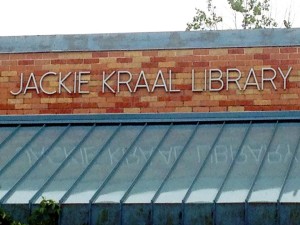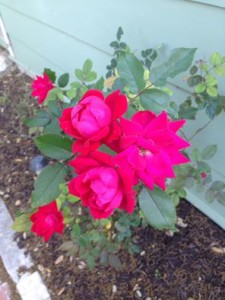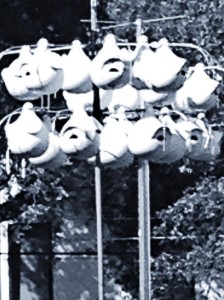You guys? Everyday I think, I wonder if I can come up with a poem that isn’t about my dog?
Seriously. He’s that inspiring. And I’m a sap.

Do you see this face?
Launched a thousand tennis balls
and then brought them back.
You guys? Everyday I think, I wonder if I can come up with a poem that isn’t about my dog?
Seriously. He’s that inspiring. And I’m a sap.

Do you see this face?
Launched a thousand tennis balls
and then brought them back.
Oh, weather.
Weather weather weather.
The weather of earth and the weather of life.
It’s something to notice, to grieve, to celebrate…

After a hard rain,
some of what was here before
dissolves, rolls away
My daughters were lucky enough to go to a sweet little neighborhood school — like if we ever forgot a bike there afterschool it was still in the rack the next morning, even if it was unlocked. Like all the kids knew the lunch monitors and custodians by name. Like, time flew….
But even as it did, one solid consistent loving miraculous element was the librarian — she’d been there loooong before we arrived (and when I say long, I mean decades) and she was there long after we’d moved on to middle and high school. She knew, and I am not exaggerating one bit, what every kid in school liked to read.
Well, last year she retired (I never realized she was mortal until then) and this year, today in fact, that school library has been re-named in her honor. We love you, Ms. Kraal. You’re magic.

Name your library
after a lover of books
and a champ of children
Y’know how when you’re not from Texas and you read about Texas you get this picture that is dry and flat and brown and boot kickin?
Well, let me tell you something about the spring here.
It is PRETTY. Like, really pretty.

The stars landed here
and burst into bright yellow —
What a way to go!
Yep, we’re still at the pool.
(See yesterday’s post :))
And this girl, my youngest?
Wow is she something in the air.
Don’t you think?

A girl like a bird
only braver, without wings.
Watch her catch herself.
Those of you I know personally know that my daughters are, well, part-fish.
I mean, they look human from the outside but we spend A Lot Of Time at various swimming pools.
This weekend, I’m at a dive meet with one; my husband’s at a water polo tournament with the other.
Y’know that old show The Wonder Years?
Our version is going to be called The Chlorine Years.
So, I take inspiration where I can get it! Here goes:

The podium tiered
like a frosted birthday cake —
Celebrating gifts
My oldest daughter will be voting for this first time this fall, in the presidential election.
And boy did she get a circus, huh? To kick off the fun?
I’m just thinking, it’s only April. We’ve got a lot of this still to come.
Deep breath and rev your engines, friends….

Campaign signs bloom like
Ladybird’s wildflowers
but more insistent
I’m a believer in being informed and being involved.
Actually, I’m more than just a believer. I can’t resist.
I turn on Morning Edition as soon as I turn on the kettle in the morning.
Still, sometimes. sheesh.
It’s just too much for a heart to bear….

There’s the daily news
and then there are red roses.
A little lifeblood.
Purple martins – a kind of large swallow – arrive in Texas every spring, find a backyard birdhouse to adopt, lay a little clutch of eggs, and leave by late summer. They’re nomadic but predictable. They’re noisy but pretty. And they eat mosquitos and other buzzy stingy things. What’s not to love?

Condominiums
Crowded with young families
Hatching future plans
Aaahhh, the most amazing art greeted me at my school visit today.
I love when teachers encourage students to respond creatively to books — it validates and values art, it feeds the great energetic cycle of inspired and inspiring, and it’s just plain pretty.

Things can be done with
tempra paint and little hands.
Yes. Important things.